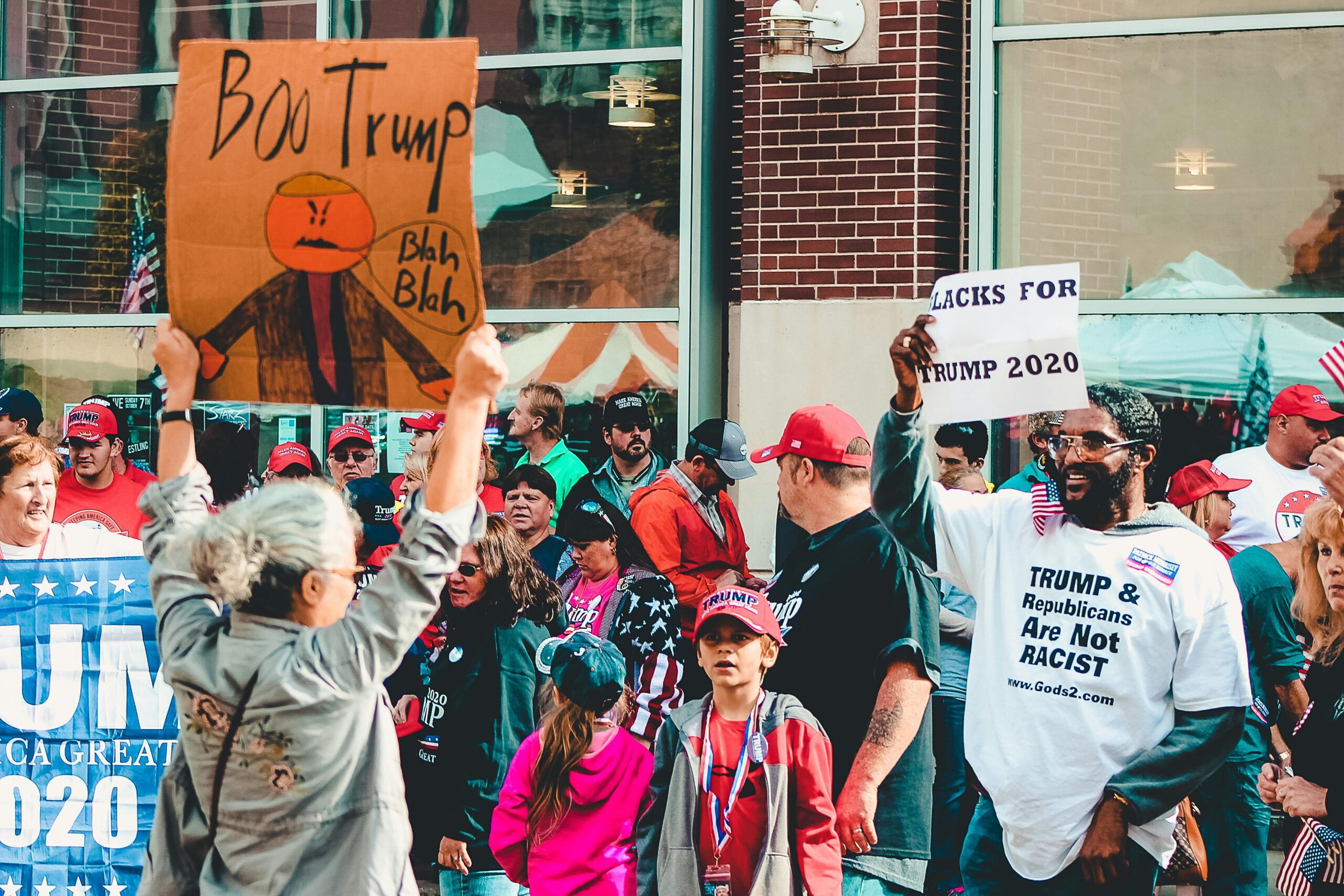The American political landscape is characterized by its vibrant and, at times, contentious two-party system. This dichotomy between the Federalists and Democrats has shaped the nation’s policies, ideologies, and governance. Understanding the origins of this system requires delving into the early years of the United States, where the seeds of political factions were sown and nurtured through robust debates and ideological conflicts.
The Federalists: Architects of a Strong Central Government
In the aftermath of the American Revolution, the nascent United States faced the formidable task of building a stable and effective government. The Federalists, led by influential figures such as Alexander Hamilton, John Adams, and John Jay, emerged as proponents of a strong central government. They believed that a robust federal structure was essential to maintain order, ensure economic stability, and protect the nation from internal and external threats.
Hamilton, in particular, championed the creation of a national bank, the assumption of state debts by the federal government, and the promotion of manufacturing and commerce. These measures, he argued, would establish a strong economic foundation and bind the states into a cohesive union. The Federalists also supported the ratification of the Constitution, which they saw as a necessary framework to replace the weak Articles of Confederation.
However, the Federalist vision was not universally accepted. Opponents feared that a powerful central government would trample individual liberties and state sovereignty. This ideological divide set the stage for the emergence of the opposing faction.
The Democratic-Republicans: Champions of States’ Rights
In contrast to the Federalists, the Democratic-Republicans, led by Thomas Jefferson and James Madison, advocated for a decentralized government that emphasized states’ rights and individual freedoms. They were wary of the potential for tyranny in a strong central government and believed that true democracy flourished best in a more localized, agrarian society.
Jefferson’s vision for America was one of independent farmers and limited government intervention. He opposed Hamilton’s financial plans, arguing that they favored wealthy elites and northern industrial interests at the expense of southern agrarian communities. The Democratic-Republicans also championed a strict interpretation of the Constitution, insisting that the federal government should only exercise powers explicitly granted by the document.
This ideological rift between Federalists and Democratic-Republicans became increasingly pronounced, manifesting in contentious political debates and election campaigns. The election of 1800, often referred to as the “Revolution of 1800,” marked a significant turning point. Jefferson’s victory over incumbent President John Adams signaled a shift in power and underscored the strength of the emerging two-party system.
Evolution into Modern Parties
As the 19th century progressed, the Federalist Party gradually declined, leaving the Democratic-Republicans as the dominant political force. However, internal divisions within the Democratic-Republicans eventually led to the formation of new parties. The most notable split resulted in the emergence of the Democratic Party, led by Andrew Jackson, and the Whig Party, which attracted former Federalists and other opponents of Jacksonian policies.
The Democratic Party continued to evolve, becoming one of the two major parties that dominate American politics today. The Whig Party, on the other hand, eventually disbanded, giving rise to the Republican Party in the 1850s, which coalesced around anti-slavery and pro-business stances.
The dynamic and ever-changing nature of American politics ensured that these parties would continue to adapt and transform in response to shifting societal values and challenges. From the Federalists’ advocacy for a strong central government to the Democratic-Republicans’ emphasis on states’ rights, the birth of America’s two-party system was marked by ideological battles and political maneuvering that laid the foundation for the modern political landscape.
Conclusion
The birth of America’s two-party system was not a planned development but rather an organic outcome of the nation’s early political struggles and ideological debates. The Federalists and Democratic-Republicans set the stage for the vibrant, albeit contentious, political discourse that defines American democracy. Understanding this historical evolution provides valuable insights into the complexities and dynamics of contemporary U.S. politics, reminding us that the push and pull of differing visions have always been integral to the American experiment in self-governance.












Recent Comments